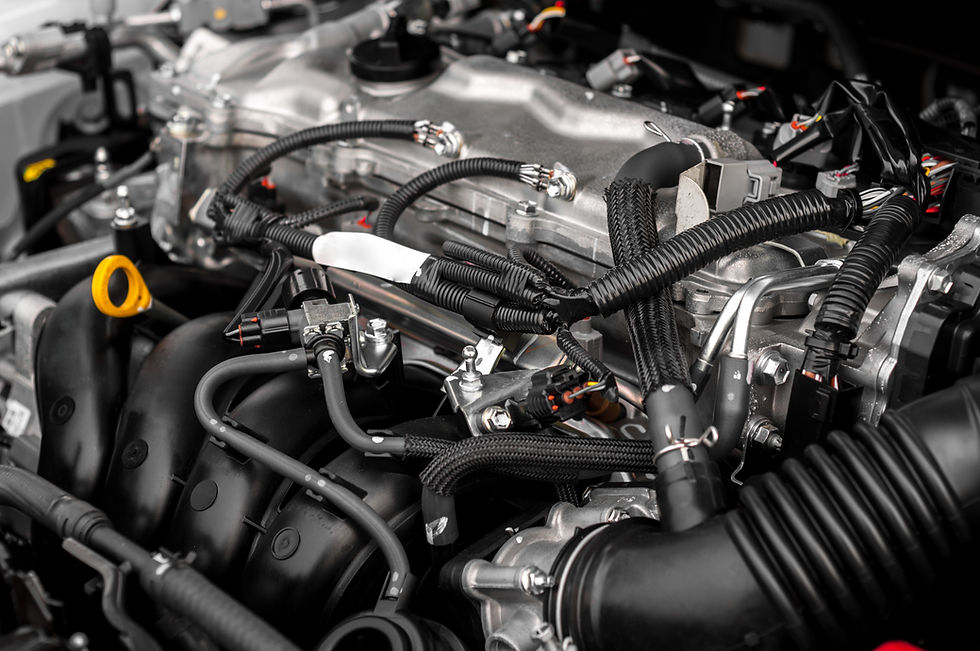There’s a New Kind of EV Anxiety: “Station Stress”
- Admin
- Apr 14
- 3 min read

As electric vehicles (EVs) continue to grow in popularity, the anxiety around them has evolved. It’s no longer just about range and how far you can go on a single charge. There’s a new kind of stress EV drivers are facing: “station stress.” This frustration comes from showing up to a charging station, only to find that it’s not working. The anxiety that friends with EVs have expressed, stranded far from home, watching their battery percentage tick down while the charger they were counting on refuses to cooperate.
California now has 50% more EV chargers than gas pumps, a milestone that’s worth celebrating. More charging infrastructure is critical as the demand for EVs grows. However, quantity doesn’t always equal reliability, and this is where the problem lies.
A recent study found that EV drivers reported problems nearly half the time at charging networks like Shell Recharge and EVgo. Even some of the more established players in the industry, such as ChargePoint and Electrify America, experienced issues in up to a third of charging sessions. These problems indicate a systemic issue with charging infrastructure that needs to be addressed.
In the Bay Area, another study found that 28% of fast chargers were completely unusable. This isn’t a small margin—it represents a significant reliability issue that affects many EV drivers. Imagine driving to a charging station only to find that it’s broken or out of service. It’s not just inconvenient; it’s a major disruption that can leave drivers stranded, especially if they’re relying on the charger to continue their journey.
The Exception
On the other hand, Tesla’s Supercharger network stands out as a reliable exception, with just a 4% issue rate. The key difference lies in Tesla’s approach: they own and operate the entire charging experience, from the hardware and software to the operations. This vertical integration gives Tesla control over the quality and reliability of their infrastructure, which makes a significant difference when it comes to uptime and user experience.
However, even Tesla is not immune to the pressures of expansion. With the recent decision to open Superchargers to non-Tesla vehicles, more users means more strain on even the most reliable network. This is a shift worth watching closely to ensure that the network can keep up with the increased demand.
Looking back at Enel X and JuiceBox, we also see the risks of unreliable infrastructure. Over 100,000 chargers were abandoned overnight when service was abruptly shut down. This kind of exit damages trust in charging infrastructure and sets a dangerous precedent. When a company pulls out of the market like this, it erodes consumer confidence, which could have long-lasting effects on the adoption of EVs.
For people in underserved or frontline communities who rely on public infrastructure, a broken charger isn’t just an inconvenience—it’s a barrier to accessing work, healthcare, and daily life. Reliability isn’t just a technical issue—it’s an equity issue. When charging stations fail, it disproportionately affects those who can least afford it.
Thankfully, companies like ChargeLab and SWTCH have stepped in to recover many of the abandoned chargers, migrating them to new platforms and restoring lost functionality. Their efforts are crucial in keeping critical infrastructure online, and they deserve recognition for their role in ensuring that these stations remain accessible for all.
Where do we go From Here?
Service Level Agreements (SLAs) matter more than ever. Robust SLAs ensure timely repairs and hold charging infrastructure accountable. Additionally, visibility of SLA timelines and support contacts could help users better understand when to expect repairs, increasing trust in the system. Uptime dashboards could be implemented by charging networks, similar to how internet service providers show their customers real-time service statuses. This transparency would allow EV drivers to see which stations are operational before they arrive.
EV infrastructure is critical infrastructure, and it needs to function as such. As we strive to make EVs more accessible to everyone, reliability issues only give skeptics more reasons to resist the shift toward electric mobility. We must avoid letting station stress become the new norm for EV drivers. The future of clean transportation depends on it.
About Us
Charged UP! is one of the most widely read publications in the EV charging space. Our approach is to take topics that are of interest to everyone and mention companies that provide best in class approaches. To discuss including your products or services, contact us at info@chargeduppro.com
At Charged Up!, we are committed to keeping businesses and individuals informed about the evolving EV landscape. For more updates and insights, subscribe to our newsletter at chargeduppro.com/subscribe.





Comments